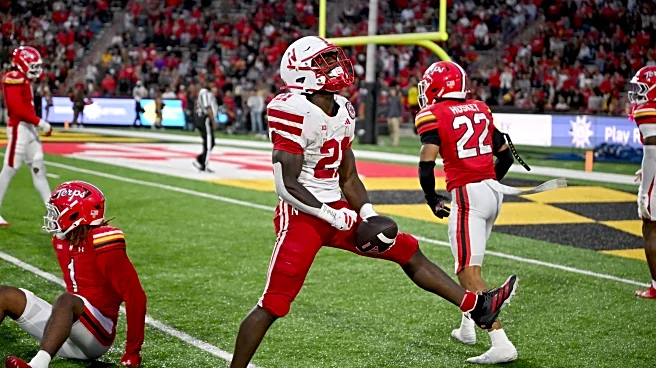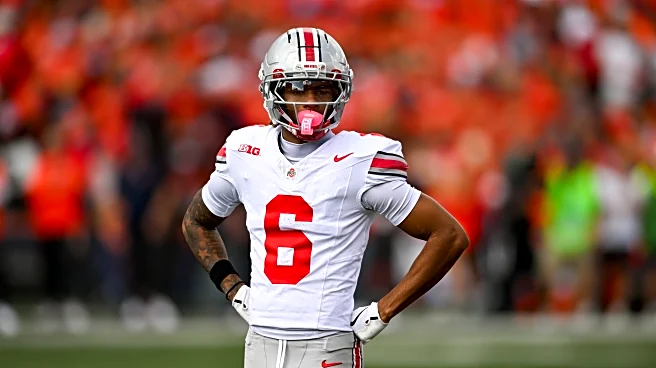What's Happening?
Chris Kraus has released a new novel titled 'The Four Spent The Day Together,' which delves into themes of addiction, art, and social class through the lens of a crime thriller. The story follows the protagonist, Catt Greene, who moves from Connecticut
to Minnesota's Iron Range, exploring the precarious lives of those she encounters. Kraus, known for her previous work 'I Love Dick,' incorporates elements of autofiction, blending autobiography with crime narrative. The novel is inspired by a real-life crime on the Iron Range, which Kraus researched extensively, aiming to capture the ambient relationships and dynamics among the characters involved.
Why It's Important?
The novel's exploration of social class and addiction provides a poignant commentary on the struggles faced by individuals in economically challenged areas like Minnesota's Iron Range. By weaving personal elements into the narrative, Kraus offers a unique perspective on the societal issues that can lead to crime and desperation. This work may resonate with readers interested in understanding the complexities of social mobility and the illusion of fresh starts, highlighting the often harsh realities behind such aspirations. The book's release could spark discussions on the socio-economic factors influencing crime and the role of art in depicting these narratives.
What's Next?
As the novel gains attention, it may lead to further exploration of the themes Kraus presents, potentially influencing discussions in literary circles and among social commentators. Readers and critics might examine the parallels between the fictional narrative and real-world issues, prompting deeper analysis of the socio-economic conditions depicted. The book could also inspire adaptations or similar works that address the intersection of crime, social class, and personal history, expanding its impact beyond the literary world.
Beyond the Headlines
Kraus's novel raises questions about the duality of life, where harmony coexists with tragedy, and ordinary moments intertwine with extraordinary events. The narrative challenges readers to consider the deeper implications of social dynamics and the unanswerable questions surrounding human behavior and crime. By focusing on the ambient relationships and the 'shared hallucination' of the characters, Kraus invites readers to reflect on the complexities of adolescence and the societal factors that contribute to such extreme actions.
















